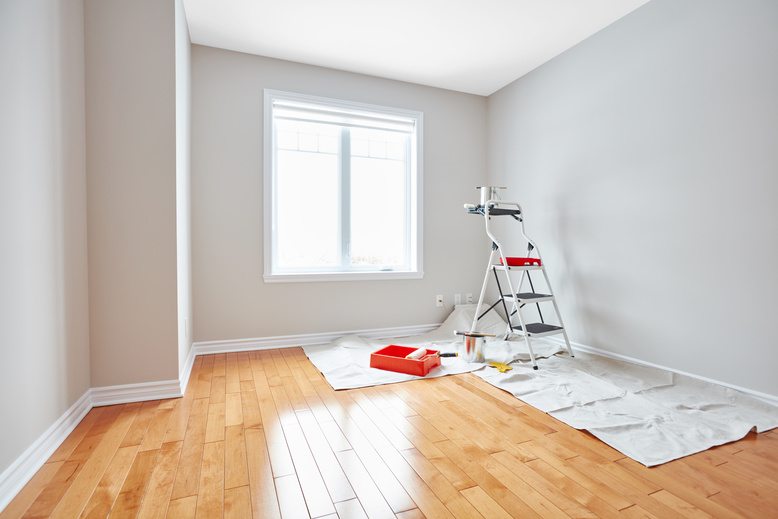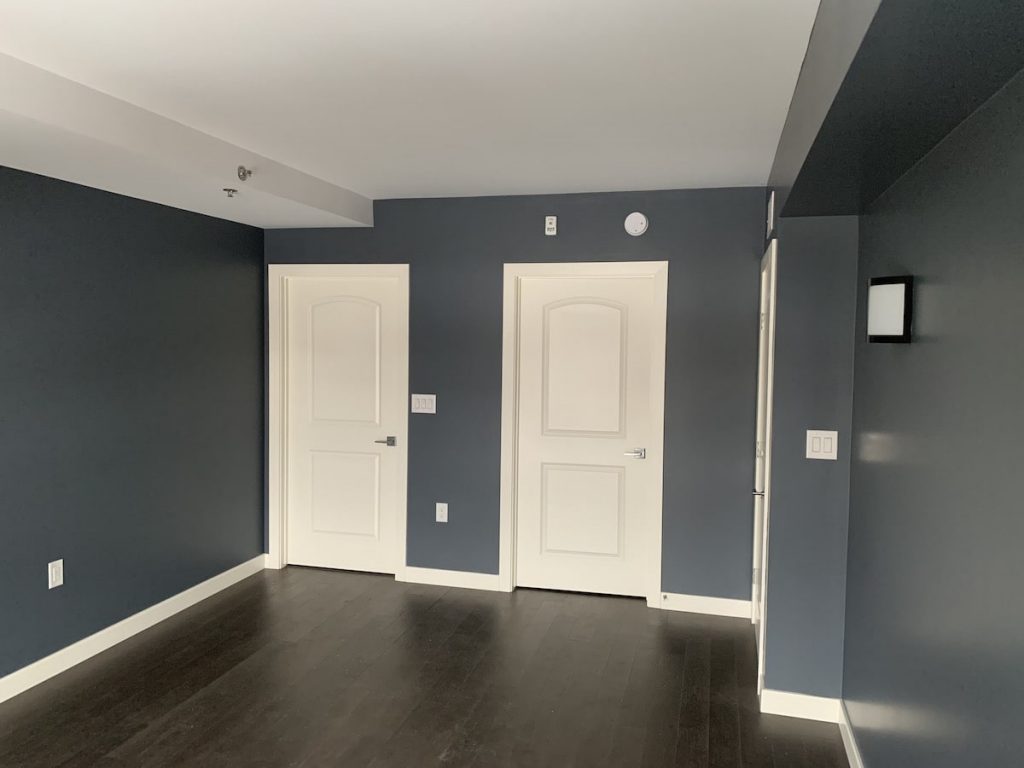Professional Color Consultation in Lakewood for Stunning Home Design
Professional Color Consultation in Lakewood for Stunning Home Design
Blog Article
Enhance Your Interior Decoration With Comprehensive Color Examination
The assimilation of shade appointment into interior style presents a special chance to fine-tune and elevate the emotional and aesthetic resonance of a space. By involving with a skilled shade expert, you can browse the complexities of shade option, making sure that your options not only enhance building features yet likewise reverberate with personal design and psychological effect.
Benefits of Shade Consultation

Furthermore, shade assessment help in making best use of all-natural light and optimizing spatial assumption. Lighter colors can make a room show up more extensive, while darker tones develop an intimate setting. Cleveland Metro Painting Specialists. This tactical application of color can significantly affect the overall setting of any kind of interior room
In addition, expert specialists have an extensive understanding of timeless classics and current fads, making sure that the chosen shades will stay attractive gradually. This foresight can conserve clients from costly redesigns in the future. Shade appointment equips clients by giving them with a clear vision and instructions, promoting confidence in their design choices and ultimately leading to a much more gratifying and effective indoor design result.
Comprehending Shade Psychology
The relevance of shade psychology in interior decoration can not be overemphasized, as it delves right into the psychological and mental effects that various colors can stimulate in individuals. Colors can influence mood, actions, and even productivity, making them a critical consideration in any style task.
For circumstances, cozy colors such as red, orange, and yellow are frequently connected with power and warmth. They can stimulate feelings of enjoyment and comfort, making them ideal for social spaces like living kitchen areas or areas. Alternatively, cool shades like blue, green, and purple have a tendency to stimulate calmness and harmony, making them perfect for rooms or meditation locations.
Additionally, the usage of neutral tones can develop a well balanced setting by enabling the bolder colors to stick out without frustrating the senses. Comprehending these psychological influences enables designers to produce areas that not just look aesthetically pleasing yet likewise advertise psychological wellness.
Including color psychology right into interior decoration entails a thoughtful choice of colors tailored to the designated feature of each space, ultimately boosting the total experience for its owners. This understanding is crucial for achieving a functional and harmonious interior atmosphere.
The Color Wheel Explained
Recognizing the partnerships in between shades is essential for reliable indoor style, and the color wheel offers as a useful device in this procedure. The color wheel, established by Isaac Newton in the 17th century, illustrates the spectrum of shades set up in a round style. It comprises primaries-- red, blue, and yellow-- that can view website not be produced by mixing various other colors. Second shades, formed by incorporating key colors, include environment-friendly, orange, and purple. Tertiary colors result from mixing a key and a second shade, resulting in hues such as red-orange and turquoise.
The color wheel helps developers understand the relationships between shades, including complementary, similar, and triadic systems. Corresponding colors, located opposite each various other on the wheel, develop dynamic contrasts that can stimulate a space.
Utilizing the color wheel in interior decoration not just boosts visual appeal but likewise evokes specific feelings and ambiences, making it a vital recommendation for shade consultation. Understanding these relationships inevitably empowers designers to create spaces that are both useful and visually captivating.
Picking the Right Scheme
A well-chosen color scheme can merge an area, improve its features, and stimulate wanted emotions. Different spaces serve diverse features and call for palettes that reflect their intended use; for instance, relaxing shades such as soft blues or greens work well in rooms, advertising leisure.
Following, consider the natural light readily available. Light can significantly change exactly how shades show up, so it is essential to analyze the room at different times of the day. In addition, think about existing building my link aspects and home furnishings. A harmonious scheme must complement these attributes, creating a cohesive look throughout the room.
When selecting shades, make use of the 60-30-10 regulation, which suggests that 60% of the room need to be a dominant shade, 30% an additional shade, and 10% an accent color. This proportion makes sure balance and visual interest (Cleveland Metro Painting Specialists). Finally, sample colors on the walls prior to committing, visit site as this permits you to see just how the shades interact with one another and the general atmosphere they produce in your interior decoration project.
Functioning With a Color Expert

When dealing with a color expert, the process generally starts with a first consultation. During this conference, you'll discuss your vision, preferences, and the existing elements in your space. The expert will certainly analyze your demands and may recommend specific shade schemes that line up with your goals.
After developing an instructions, the specialist will offer examples and aesthetic aids to help you envision the proposed color pattern. This step is critical, as shades can show up in a different way under differing lighting problems.
Additionally, a color consultant can assist you in picking corresponding home furnishings, art work, and devices to integrate with your picked scheme. By working together carefully, you can attain a refined aesthetic that elevates your interiors and produces a welcoming ambience. Ultimately, the knowledge of a shade specialist can considerably improve the total impact of your layout task.
Final Thought
In recap, comprehensive shade consultation works as an important tool for enhancing interior decoration. By leveraging professional understanding of shade psychology and spatial dynamics, a customized shade combination can be developed to evoke particular feelings and develop a harmonious environment. This critical approach not just promotes a cohesive design narrative but additionally mitigates the risk of expensive redesigns. Ultimately, engaging with a color expert makes sure an informed and cosmetically pleasing outcome, boosting the overall experience of the space.
By engaging with a skilled shade professional, you can navigate the intricacies of shade selection, guaranteeing that your selections not only enhance building features yet likewise reverberate with individual design and emotional influence. It makes up key colors-- red, blue, and yellow-- that can not be produced by blending other shades.The shade wheel helps designers understand the partnerships between shades, including complementary, analogous, and triadic systems.When choosing shades, make use of the 60-30-10 policy, which suggests that 60% of the room ought to be a leading color, 30% a second shade, and 10% an accent color. By leveraging professional knowledge of color psychology and spatial characteristics, a tailored color palette can be established to stimulate particular emotions and produce a harmonious setting.
Report this page